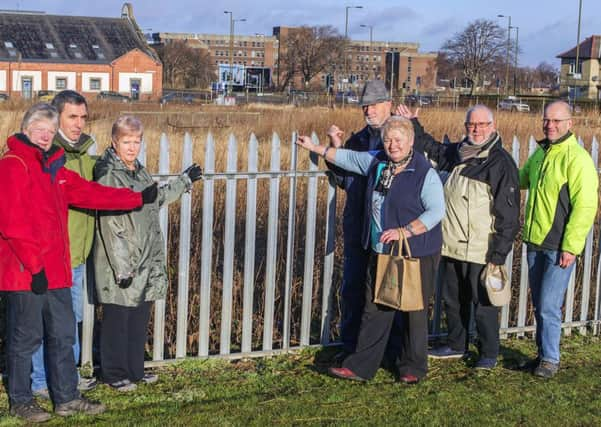Comment: Land reform will impact on cities too


With the referendum and the general election now receding into the past, land reform is again taking its place towards the top of the political agenda. The latest part of the jigsaw, The Land Reform Bill, is due to be introduced into the Scottish Parliament within the next few weeks just as the Community Empowerment (Scotland) Bill reaches its latter stages on its way to becoming law.
The Community Empowerment (Scotland) Bill proposes changes to the existing Community Right to Buy, and in particular gives community bodies a right to buy at market value, abandoned or neglected land in certain circumstances, even where there is no willing seller. This will not just apply to rural land as urban communities are also to be given the right to buy derelict land.
Advertisement
Hide AdAdvertisement
Hide AdLittle guidance is given on the meaning of “abandoned” and “neglected” land but over time we will get a clearer picture of what land is at risk.
It remains to be seen if this can or will be adequately funded to meet Scottish Government’s target of one million acres to be in community ownership by 2020. We are currently at 50 per cent of that target. Recent history suggests funding this aspiration may be an issue.
Despite the fanfare, the Scottish Government has spent just £35 million on community ownership since 1997, with only a further £9 million in the pipeline between now and 2016. Most of the spend has come from the National Lottery and EU grants. Will there be the political will to make adequate resources available and will there be an appetite within communities to own such land if they have to fund the purchase and ongoing management?
Until the Land Reform Bill is published, it is impossible to provide specific comment, but the following general points are worth considering:
• This is a flagship Bill for Nicola Sturgeon’s SNP administration and will be actively promoted.
• Many of the suggested proposals focus on ownership and not activity on the land. How these provisions are set out in the Bill and how they impact on land use in practice will be particularly important.
• Funding of the proposals will be critical to their uptake by communities. If landowners are required to sell to the community at significantly discounted rates, the spectre of challenge under Human Rights legislation must be borne in mind.
• Are changes to the tax regime required to stop the price of land being driven up? If so, such changes would require to be made at UK level.
Advertisement
Hide AdAdvertisement
Hide AdWe can expect the Bill will create a new Scottish Land Reform Commission to assess the impact of existing policies and gather evidence for further land reform measures. We can also expect that it will provide for information on the ownership of land to be readily available in an easily understandable form. Indeed, the Scottish Government has already instructed the Keeper of the Registers of Scotland to have all land in Scotland registered in the Land Register within 10 years. This is a daunting enough task and is one which is viewed as not being possible to complete within the timescale even without the additional requirement that all publicly owned land be registered in the Land Register by 2019.
Whilst this requirement for registration in the Land Register will not affect the majority of urban property (which has changed hands for value within the last 30 or so years), the title to many country properties and estates have not changed hands in that period and will need to be transferred to the Land Register at some point before 2025.
The Keeper has the power to register land without consent of the owner. This will be used to complete the Land Register in due course. There is likely to be little or no input from the owner during this process. As such, this compulsory registration may result in areas of land being lost and rights not plotted on the Land Register title. Whether it will be possible to correct this later is open to question.
To ease the process, Registers of Scotland is encouraging landowners register voluntarily. Voluntary registration will involve significant time and effort of the part of the landowner and their solicitor and for larger properties will almost certainly require specialist mapping services. Landowners will be urged to consider starting this exercise sooner rather than later.
• Sheonagh Richards is a partner in Anderson Strathern’s Land Resources Department, www.andersonstrathern.co.uk